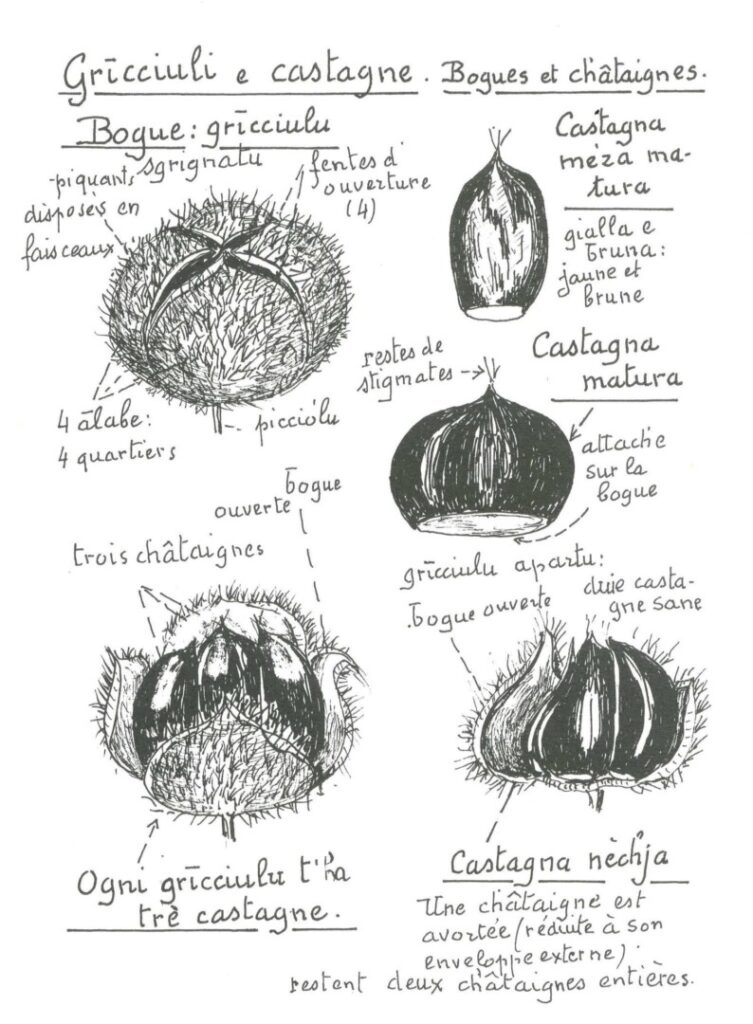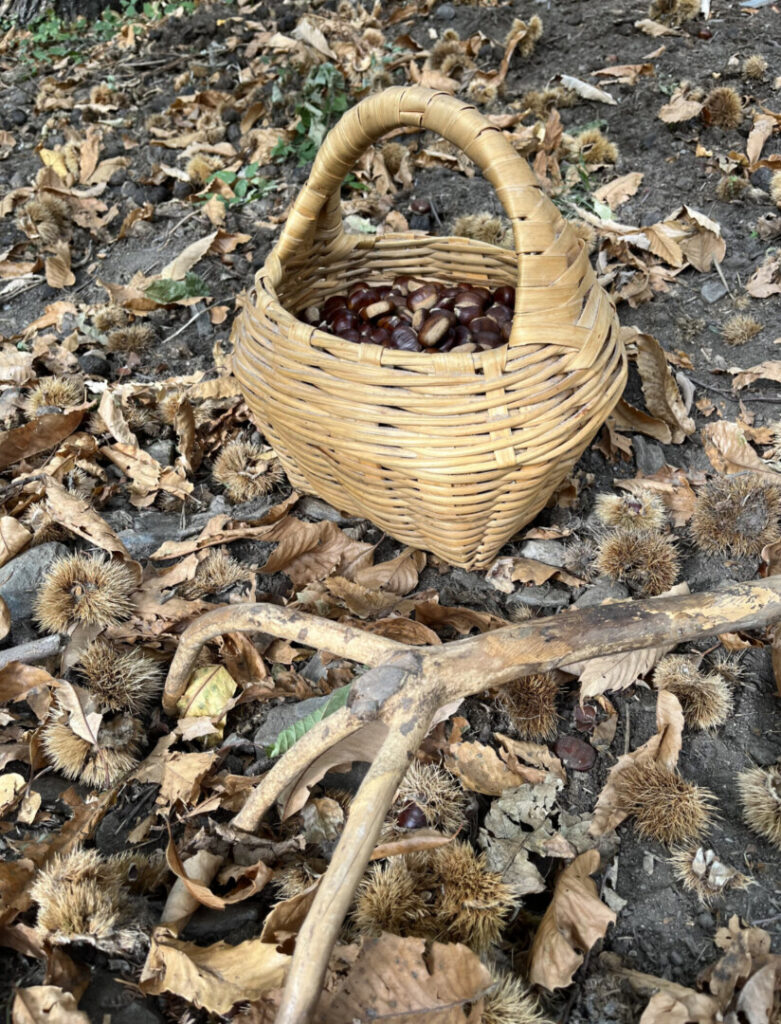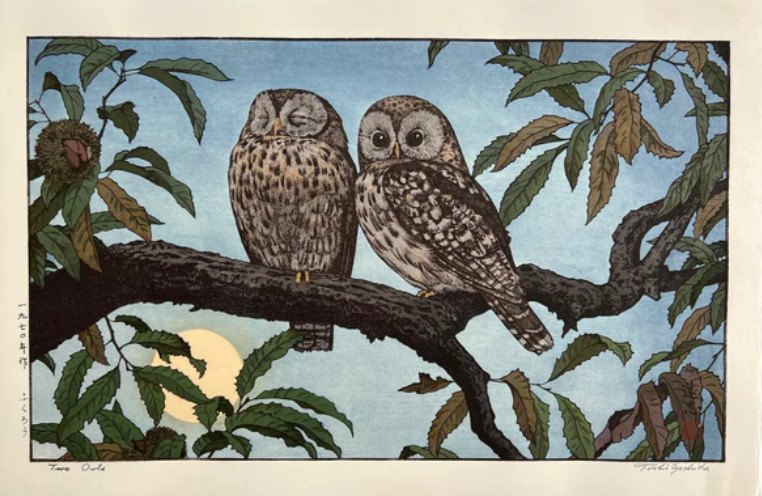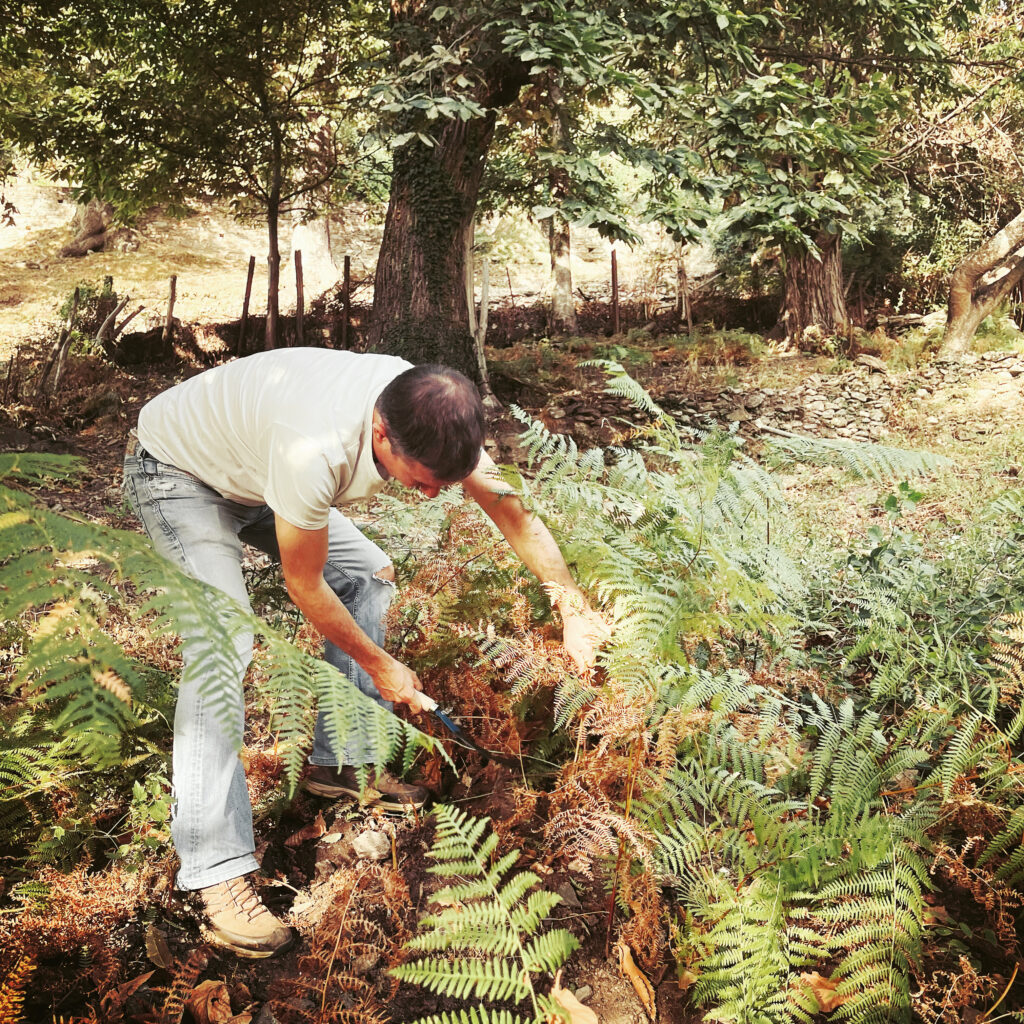Cari castagni
Chestnut trees
Because this tree has shaped the way of life of many farming communities for centuries, it has been referred to as the "chestnut civilisation".

Castagniccia
In Corsica, and particularly in the Orezza valley where I come from, it goes without saying that chestnut trees are a fundamental part of our heritage.
For centuries, these majestic trees have permeated the lives of our village communities and are true cultural markers.
Until the middle of the 20th century, food, crafts, landscapes and even our imaginations revolved around the chestnut tree. It's because our links are so deep, because our destinies are so intertwined, that today we must care for our trees and pay tribute to them.
A castagna in Corsica
Chestnut cultivation developed in Corsica from the 12th century onwards.
Governed by Pisa between 1077 and 1299, the island began to incorporate Tuscan agricultural techniques. With the conquest of the island by Genoa, from the 16th century onwards, castaneiculture underwent a new boom. An ordinance dated 28 August 1548 required landowners to "plant four fruit trees each year - fig, olive, mulberry and chestnut", on pain of paying a fine of 3 pounds for each tree not planted.
On 12 November 1619, a new order required each landowner to plant at least ten trees. On 2 December 1626, an order was given to sow a hundred chestnuts in each of the island's noble districts, with the resulting plants to be replanted in favourable soils. Twenty years later, a final order was issued on 25 January 1646, requiring ten chestnut trees to be planted before the end of May - with the explicit stipulation that these nurseries should be protected from livestock.
It is in the northern massif of the island that the chestnut trees find the most favourable natural conditions for their expansion, and the populations are gradually able to do without cereals that are too expensive and often imported. This is how the region came to be known as Castagniccia.
At one time, there were 35,000 hectares of chestnut groves in Corsica, but today the figure is closer to 12,000 hectares, with just over 1,000 hectares now being farmed. It has to be said that the rural exodus, the industrial exploitation of tannins and the rise of the consumer society have all contributed to the decline... Today, disease and global warming are the worst threats, but forces are continuing to mobilise to give our Corsican chestnut groves a future. Lamentu di u Castagnu Paoli di Tagliu brilliantly expressed this desolation at the beginning of the 20th century.
Today, disease and global warming are the worst threats, but forces are continuing to mobilise to give our Corsican chestnut groves a future.




Chestnut all over the world
Chestnuts are harvested all over the world and there are three different varieties:
The American chestnut (Castanea Dentata), the Japanese chestnut (Castanea Creanta) and the European chestnut (Castanea Sativa) are all edible and have been feeding people for centuries.
Most people are unaware of the vast geography of the chestnut. Did you know, for example, that France is only the 10th largest chestnut producer in the world, with some 8,000 tonnes? Well behind China (almost 2 million tonnes), Turkey (63,000 tonnes), South Korea (52,000 tonnes), Italy (52,000 tonnes), Greece (63,000 tonnes), Portugal (30,000 tonnes), Japan (19,000 tonnes), Spain (18,000 tonnes), North Korea (12,000 tonnes)...
And of course, as in Corsica, if the chestnut is grown as a food, it also feeds the imaginations of all those peoples who have never ceased to celebrate it. From the haikus of the Japanese poet Basho to the wild poems of Chile's Pablo Neruda, from medieval illuminations to the still lifes of Chardin and Van Gogh, the chestnut is everywhere, modestly glorified.


The poetics and politics of chestnuts
Today, I'm learning to look after a few chestnut trees in the village.
Yes, they may be over 300 years old, but they still need care. And they offer us so much in return... There's their fruit, of course, but also their leaves, their flowers, their bugs, their offspring...
So many elements to compose and recompose as part of a landart workshop with my daughters or other children.
These are the inspirations that have led many artists and writers around the world to celebrate the chestnut - its beauty and generosity.
These are all ways of resisting the deculturation, oblivion and death of the chestnut grove and the peasant and solidarity-based way of life it has given rise to.

